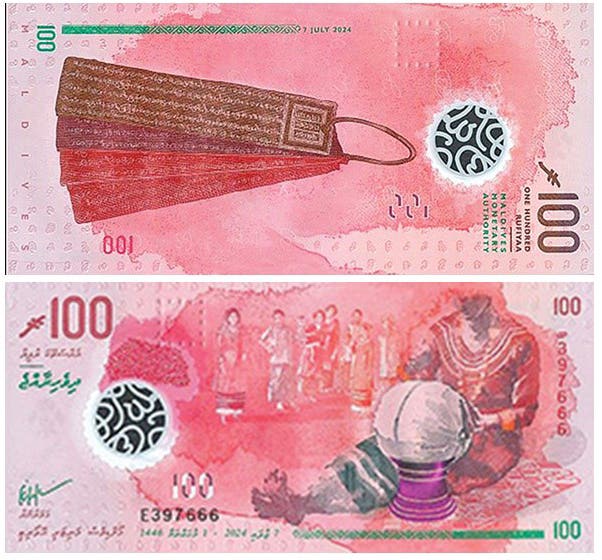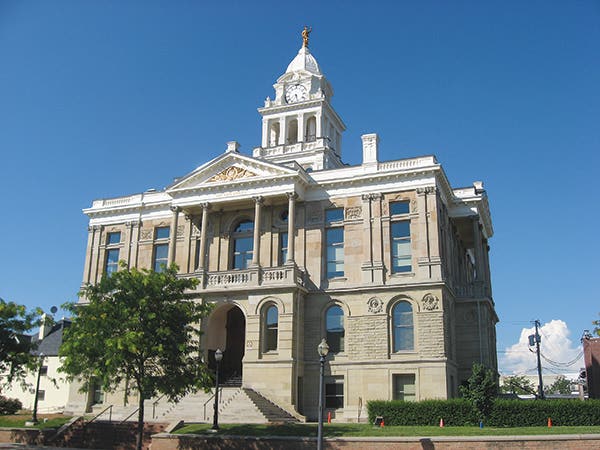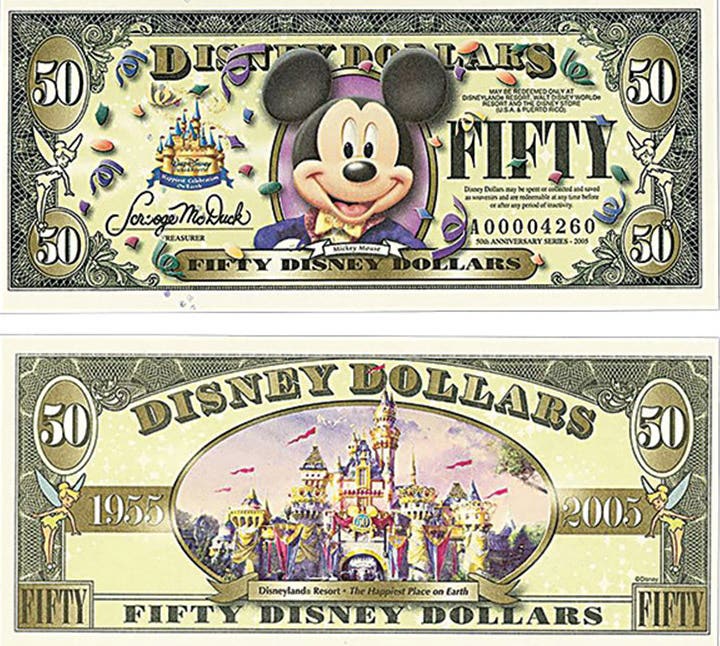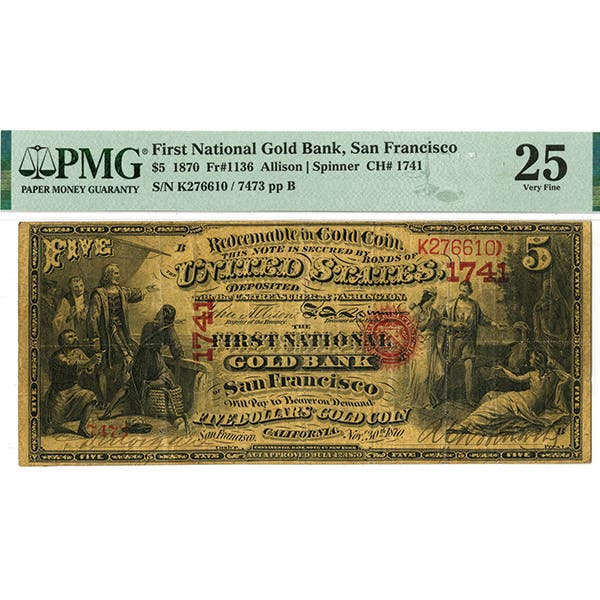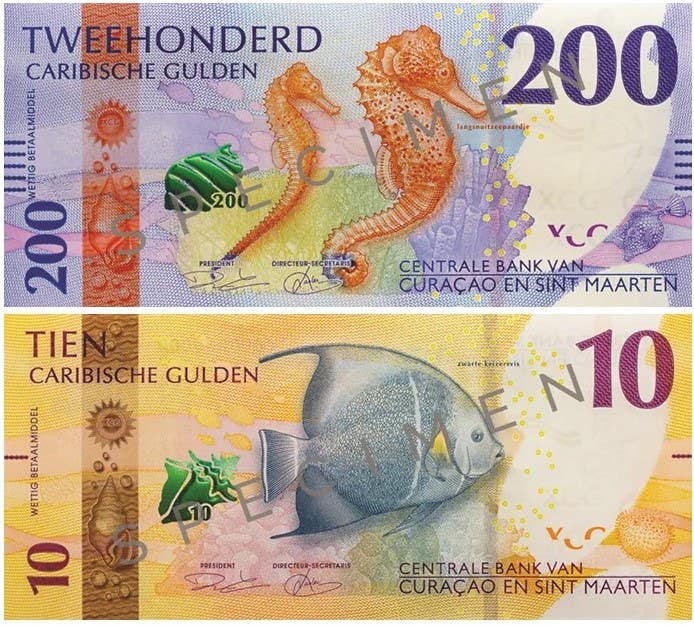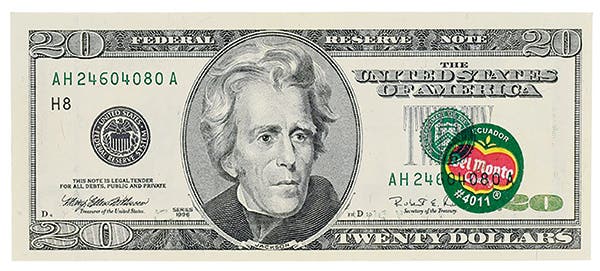Rare one dollar featured in sale
One of only three known examples of the first issue 1894 British Honduras one dollar note is to be featured in Stack’s Bowers Galleries’ official auction of the New York…
One of only three known examples of the first issue 1894 British Honduras one dollar note is to be featured in Stack’s Bowers Galleries’ official auction of the New York International Numismatic Convention, scheduled for Jan. 12-13 at the Grand Hyatt Hotel.
The note has been in private hands since the mid-1890s. According the auction firm, the other two known specimens are the Pick plate note (“which is in abysmal condition”) and one reputed to be part of a private British Honduras collection. No issued example of any of the five higher values of these notes has ever come to light.
“First issue British Honduras notes in any form are absent from virtually all of the world’s greatest collections,” according the auctioneer. “This issued 1894 example clearly rivals in rarity, exclusivity, and desirability even such major pieces as the much-vaunted Zanzibar notes. The 1894 British Honduras issue was withdrawn and destroyed after only two months, while the Zanzibar series ran for 20 years,” plus, “…this One Dollar 1894 British Honduras note is the only issued example for 1894 British Honduras in the PMG population report; in contrast, Zanzibar pieces have a much higher population.”
The note being offered is said to display “balanced centering and elaborate manuscript signatures are present.” It is signed by E.(nerst) B.(ickham) Sweet-Escott, as colonial secretary (later governor) of British Honduras. Additional signatures are C.(arlos) Melhado, and H.(enry) C.(harles) Usher.
The one dollar note’s provenance is unbroken, linked first to Albert E. Morlan, the American consul in the city of Belize, British Honduras through two appointments in the late 19th century. At his death, in 1926, it was bequeathed to his son, Edward Morlan, and then from Edward to his son, Charles Morlan, and from Charles to his daughter, who consigned it for auction.
Also featured at NYINC will be first offerings from The Eldorado Collection of Colombian Coins and Paper Money, comprised of “many of the rarest and highest grade selections from this epic cabinet.”
Paper money from the collection is offered in its own catalog and said to portray “the broadest view of this subject ever published in English or Spanish. Commencing in 1819 and continuing to the present day are countless note types, from the majority of known series and issuers, cataloged and offered in this and subsequent sales for the first time. The lot descriptions and their accompanying full-color images often confirm rumored examples listed, but unpriced, in the Standard Catalog of World Paper Money.”
Included are “previously unlisted types that were discovered in the Archives of the American Bank Note Company, sold by Christie’s initially on November 28-29, 1990. Nearly all 66 Colombia lots enumerated in that ‘Leo’ moniker catalog (including two immense and unique record books) were obtained at the sale by Eldorado’s architect, who recognized their immense research importance and the opportunity to expand the collection’s scope in the span of a few hours.”
For more information, call 800-458-4646 or visit the firm’s website at www.StacksBowers.com.
This article was originally printed in Bank Note Reporter. >> Subscribe today.
More Collecting Resources
• Order the Standard Catalog of World Paper Money, General Issues to learn about circulating paper money from 14th century China to the mid 20th century.
• When it comes to specialized world paper money issues, nothing can top the Standard Catalog of World Paper Money, Specialized Issues .




